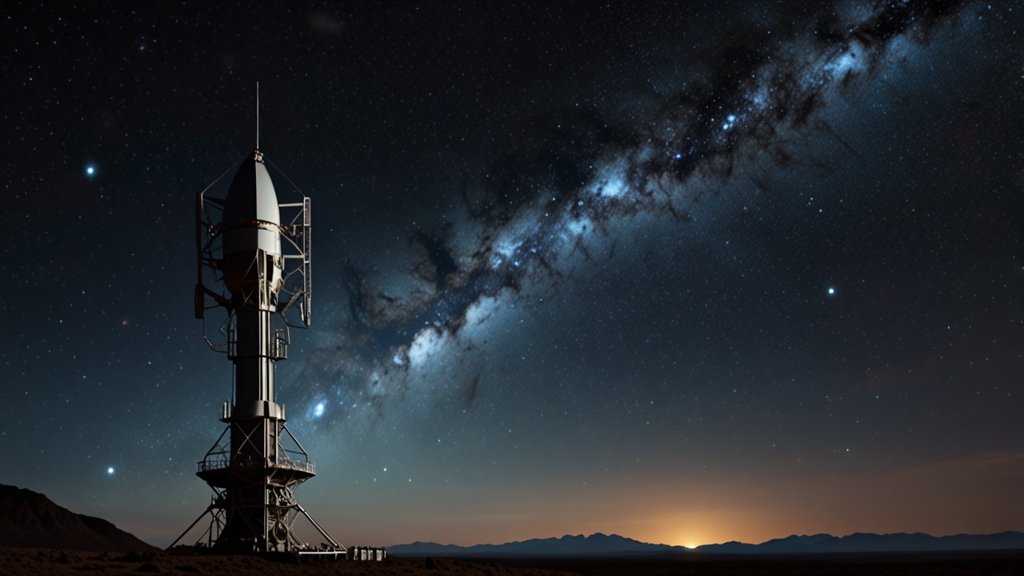Species on the Edge: A Deep Dive into Endangered Wildlife
In the vast tapestry of life on Earth, every species has a role, a niche, or a purpose. Yet, numerous species are teetering on the edge of extinction, facing threats that range from habitat loss to climate change. This article explores some of the most critically endangered species, the reasons behind their decline, and the efforts being made to save them.
The Harrowing Reality of Endangerment
The world is experiencing a biodiversity crisis. According to the International Union for Conservation of Nature (IUCN), over 40,000 species are at risk of extinction. This includes a wide array of animals, from the majestic tigers to tiny amphibians. The causes are multifaceted and complex, often involving human activities. Deforestation, poaching, pollution, and climate change are primary drivers of this crisis.
"The loss of a species is more than just lights going out forever in one corner of the biological world; it’s the loss of a unique entity that was shaped by millions of years of evolution." - Jane Goodall
Iconic Endangered Species
Among the most well-known endangered species is the Amur Leopard. Native to the temperate forests of Russia and China, this elusive big cat is critically endangered, with fewer than 100 individuals estimated to be in the wild. The primary threats to their existence include habitat fragmentation, poaching for their beautiful fur, and a dwindling prey population.
Another poignant example is the Vaquita, a small porpoise found in the Gulf of California. With an estimated population of fewer than 10 individuals, the Vaquita is on the brink of extinction. This critically endangered species is primarily threatened by illegal fishing practices, specifically the use of gillnets that capture these porpoises accidentally.
Conservation Efforts: A Ray of Hope
Despite the dire situation, there are numerous conservation efforts underway. Many organizations and governments are working tirelessly to protect endangered species and their habitats. For instance, the implementation of protected areas and wildlife corridors helps to preserve critical habitats and reduce human-wildlife conflicts.
Breeding programs in captivity for species like the Amur Leopard and the Black Rhino have also shown promise. By carefully managing the genetics of these populations, conservationists hope to reintroduce these animals into the wild, bolstering their numbers and ensuring genetic diversity.
"Conservation is a state of harmony between men and land." - Aldo Leopold
The Role of Technology and Research
Modern technology plays a significant role in conservation. Satellite imaging, drones, and camera traps provide invaluable data on wildlife populations and movements, helping to inform conservation strategies. Genetic research also aids in understanding the health and diversity of endangered species' populations, which is crucial for successful breeding programs.
Furthermore, community involvement and education are essential components of wildlife conservation. Engaging local communities in conservation efforts ensures sustainable practices and fosters a sense of ownership and responsibility for the protection of local wildlife.
Conclusion
While the plight of endangered species is alarming, it is not without hope. Comprehensive conservation strategies, technological advancements, and a global commitment to preserving biodiversity can turn the tide for these species. The loss of any species is a profound tragedy, but through concerted efforts, we can strive to protect those on the edge and ensure that future generations inherit a world rich in wildlife and natural beauty.











